|
[1]
|
C. W. Tsai, R. T. Tsai, S. P. Liu, C. S. Chen, M. C. Tasi, S. H. Chien, et al., Neuroprotective effects of betulin in pharmacological and transgenic Caenorhabditis elegans models of parkinsons disease, Cell Transplant., 26 (2018), 1903-1918.
|
|
[2]
|
R. E. Burke, K. O'Malley, Axon degeneration in parkinson's disease, Exp. Neurol., 246 (2013), 72-83. doi: 10.1016/j.expneurol.2012.01.011

|
|
[3]
|
C. P. Weingarten, M. H. Sundman, P. Hickey, N. K. Chen, Neuroimaging of parkinson's disease: Expanding views, Neurosci. Biobehav. Rev., 59 (2015), 16-52. doi: 10.1016/j.neubiorev.2015.09.007

|
|
[4]
|
Y. Kim, S. M. Cheon, C. Youm, M. Son, J. W. Kim, Depression and posture in patients with parkinsons disease, Gait Posture, 61 (2018), 81-85. doi: 10.1016/j.gaitpost.2017.12.026

|
|
[5]
|
R. Martínez-Fernández, R. Rodríguez-Rojas, M. del Álamo, F. Hernández-Fernández, J. A. Pineda-Pardo, M. Dileone, et al., Focused ultrasound subthalamotomy in patients with asymmetric Parkinson's disease: A pilot study, Lancet Neurol., 17 (2018), 54-63. doi: 10.1016/S1474-4422(17)30403-9

|
|
[6]
|
D. Frosini, M. Cosottini, D. Volterrani, R. Ceravolo, Neuroimaging in parkinson's disease: Focus on substantia nigra and nigro-striatal projection, Curr. Opin. Neurol., 30 (2017), 416-426. doi: 10.1097/WCO.0000000000000463

|
|
[7]
|
K. Marek, D. Jennings, S. Lasch, A. Siderowf, C. Tanner, T Simuni, et al., The Parkinson progression marker initiative (PPMI), Prog. Neurobiol., 95 (2011), 629-635. doi: 10.1016/j.pneurobio.2011.09.005

|
|
[8]
|
J. Shi, Z. Xue, Y. Dai, B. Peng, Y. Dong, Q. Zhang, et al., Cascaded multi-column RVFL+ classifier for single-modal neuroimaging-based diagnosis of Parkinson's disease, IEEE Trans. Biomed. Eng., 66 (2018), 2362-2371.
|
|
[9]
|
B. Peng, S. Wang, Z. Zhou, Y. Liu, B. Tong, T. Zhang, et al., A multilevel-roi-features-based machine learning method for detection of morphometric biomarkers in parkinsons disease, Neurosci. Lett., 651 (2017), 88-94. doi: 10.1016/j.neulet.2017.04.034

|
|
[10]
|
R. Prashanth, S. D. Roy, P. K. Mandal, S. Ghosh, High-accuracy classification of parkinson's disease through shape analysis and surface fitting in 123I-Ioflupane SPECT imaging, IEEE J. Biomed. Health Inf., 21 (2017), 794-802. doi: 10.1109/JBHI.2016.2547901

|
|
[11]
|
F. P. Oliveira, M. Castelo-Branco, Computer-aided diagnosis of Parkinson's disease based on [123I] FP-CIT SPECT binding potential images, using the voxels-as-features approach and support vector machines, J. Neural Eng., 12 (2015), 026008. doi: 10.1088/1741-2560/12/2/026008

|
|
[12]
|
G. Garraux, C. Phillips, J. Schrouff, A. Kreisler, C. Lemaire, C. Degueldre, et al., Multiclass classification of FDG PET scans for the distinction between Parkinson's disease and atypical parkinsonian syndromes, NeuroImage Clin., 2 (2013), 883-893. doi: 10.1016/j.nicl.2013.06.004

|
|
[13]
|
D. Long, J. Wang, M. Xuan, Q Gu, X. Xu, D. Kong, et al., Automatic classification of early Parkinson's disease with multi-modal MR imaging, Plos One, 7 (2012), e47714. doi: 10.1371/journal.pone.0047714

|
|
[14]
|
A. Abos, H. C. Baggio, B. Segura, A. I. García-Díaz, Y. Compta, M. J. Martí, et al., Discriminating cognitive status in Parkinson's disease through functional connectomics and machine learning, Sci. Rep., 7 (2017), 45347. doi: 10.1038/srep45347

|
|
[15]
|
H. Lei, Z. Huang, F. Zhou, A. Elazab, E. Tan, H. Li, et al., Parkinson's disease diagnosis via joint learning from multiple modalities and relations, IEEE J. Biomed. Health Inf., 23 (2019), 1437-1449. doi: 10.1109/JBHI.2018.2868420

|
|
[16]
|
E. Adeli, F. Shi, L. An, C. Y. Wee, G. Wu, T. Wang, et al., Joint feature-sample selection and robust diagnosis of Parkinson's disease from MRI data, NeuroImage, 141 (2016), 206-219. doi: 10.1016/j.neuroimage.2016.05.054

|
|
[17]
|
E. Adeli, G. Wu, B. Saghafi, L. An, F. Shi, D. Shen, Kernel-based joint feature selection and max-margin classification for early diagnosis of parkinsons disease, Sci. Rep., 7 (2017), 41069. doi: 10.1038/srep41069

|
|
[18]
|
X. Cai, F. Nie, H. Huang, Multi-view k-means clustering on big data, Proceedings of the 23rd International Joint Conference on Artificial Intelligence, 2013. Available from: https://www.aaai.org/ocs/index.php/IJCAI/IJCAI13/paper/viewPaper/6979.
|
|
[19]
|
R. Kohavi, A study of cross-validation and bootstrap for accuracy estimation and model selection, Proceedings of the 14th International Joint conference on Artificial Intelligence, 1995, 1137-1143. Available from: https://www.researchgate.net/profile/Ron_Kohavi/publication/2352264_A_Study_of_Cross-Validation_and_Bootstrap_for_Accuracy_Estimation_and_Model_Selection/links/02e7e51bcc14c5e91c000000.pdf.
|
|
[20]
|
S. Balakrishnama, A. Ganapathiraju, Linear discriminant analysis-a brief tutorial, Inst. Signal Inf. Process., 18 (1998), 1-8.
|
|
[21]
|
F. Samaria, F. Fallside, Face identification and feature extraction using hidden markov models, Olivetti Research Limited, (1993).
|
|
[22]
|
N. Vlassis, A. Likas, A greedy EM algorithm for Gaussian mixture learning, Neural Process. Lett., 15 (2002), 77-87. doi: 10.1023/A:1013844811137

|
|
[23]
|
D. Steinley, K-means clustering: A half-century synthesis, Br. J. Math. Stat. Psychol., 59 (2006), 1-34. doi: 10.1348/000711005X48266

|
|
[24]
|
H. S. Park, C. H. Jun, A simple and fast algorithm for K-medoids clustering, Expert Syst. Appl., 36 (2009), 3336-3341. doi: 10.1016/j.eswa.2008.01.039

|
|
[25]
|
T. Kurita, An efficient agglomerative clustering algorithm using a heap, Pattern Recognit., 24 (1991), 205-209. doi: 10.1016/0031-3203(91)90062-A

|
|
[26]
|
T. Zhang, R. Ramakrishnan, M. Livny, BIRCH: An efficient data clustering method for very large databases, ACM Sigmod Rec., 25 (1996), 103-114. doi: 10.1145/235968.233324

|
|
[27]
|
U. Von Luxburg, A tutorial on spectral clustering, Stat. Comput., 17 (2007), 395-416. doi: 10.1007/s11222-007-9033-z

|
|
[28]
|
N. Wang, H. Yang, C. Li, G. Fan, X. Luo, Using 'swallow-tail' sign and putaminal hypointensity as biomarkers to distinguish multiple system atrophy from idiopathic Parkinson's disease: A susceptibility-weighted imaging study, Eur. Radiol., 27 (2017), 3174-3180. doi: 10.1007/s00330-017-4743-x

|
|
[29]
|
K. Machhale, H. B. Nandpuru, V Kapuret, L. Kosta, MRI brain cancer classification using hybrid classifier (SVM-KNN), 2015 International Conference on Industrial Instrumentation and Control (ICIC), 2015, 60-65. Available from: https://ieeexplore.ieee.org/abstract/document/7150592.
|
|
[30]
|
P. Refaeilzadeh, L. Tang, H. Liu, Cross-validation, E. Database Sys., 5 (2009), 532-538.
|
|
[31]
|
M. Kirby, Geometric data analysis: An empirical approach to dimensionality reduction and the study of patterns, John Wiley Sons, Inc., New York, NY, USA, 2001.
|
|
[32]
|
K. Honda, H. Ichihashi, Fuzzy local independent component analysis with external criteria and its application to knowledge discovery in databases, Int. J. Approximate Reasoning, 42 (2006), 159-173. doi: 10.1016/j.ijar.2005.10.011

|
|
[33]
|
D. Donoho, V. Stodden, When does non-negative matrix factorization give a correct decomposition into parts?, Proceedings of the 16th International Conference on Neural Information Processing Systems, 2003, 1141-1148. Available from: http://papers.nips.cc/paper/2463-when-does-non-negative-matrix-factorization-give-a-correct-decomposition-into-parts.pdf.
|
|
[34]
|
A. Tharwat, Principal component analysis-a tutorial, Inderscience Enterprises Ltd, 3 (2016), 197-240.
|
|
[35]
|
T. Hastie, R. Tibshirani, Discriminant analysis by Gaussian mixtures, J. R. Stat. Soc. Series B, 58 (1996), 155-176.
|
|
[36]
|
G. E. Hinton, R. R. Salakhutdinov, Reducing the dimensionality of data with neural networks, Science, 313 (2006), 504-507. doi: 10.1126/science.1127647

|
|
[37]
|
S. Mika, G. Ratsch, J. Weston, B. Scholkopf, K. R. Mullers, Fisher discriminant analysis with kernels, Proceedings of the 1999 IEEE Signal Processing Society Workshop, Madison, 1999, 41-48. Available from: https://ieeexplore.ieee.org/abstract/document/788121.
|
|
[38]
|
Y. Yang, H. Wang, Multi-view clustering: A survey, Big Data Mining Anal., 1 (2018), 83-107. doi: 10.26599/BDMA.2018.9020003

|
|
[39]
|
U. Maulik, S. Bandyopadhyay, Performance evaluation of some clustering algorithms and validity indices, IEEE Trans. Pattern Anal. Mach. Intell., 24 (2002), 1650-1654. doi: 10.1109/TPAMI.2002.1114856

|











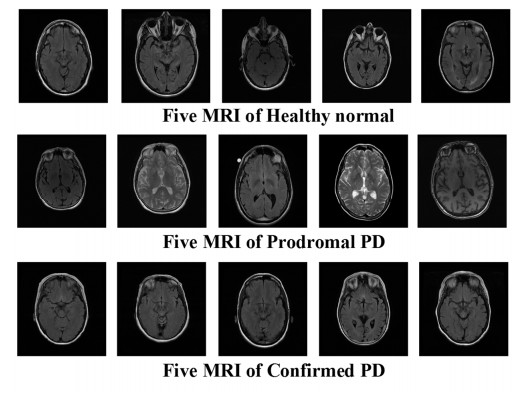
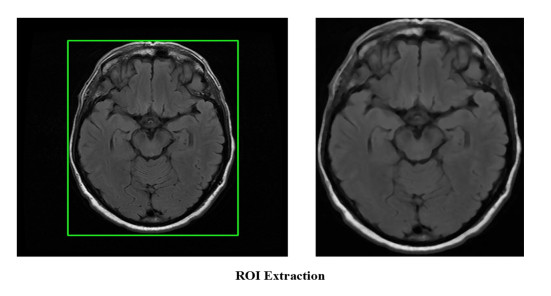
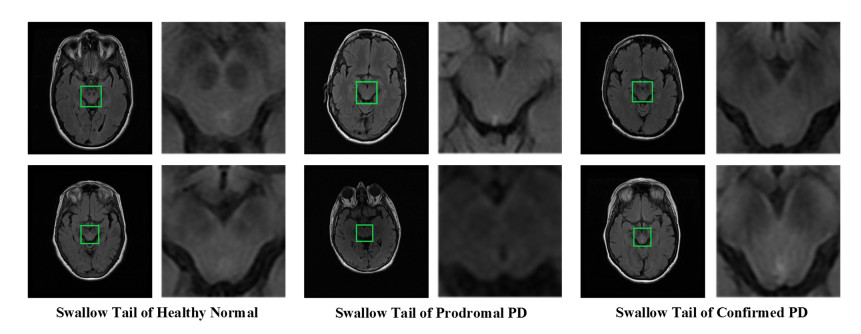
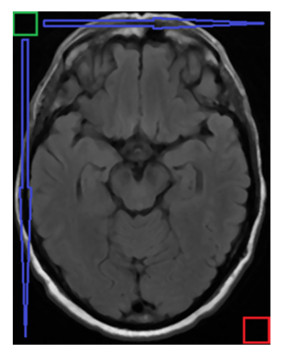
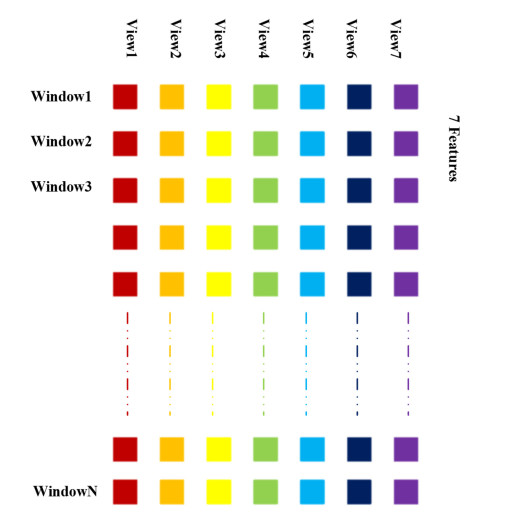

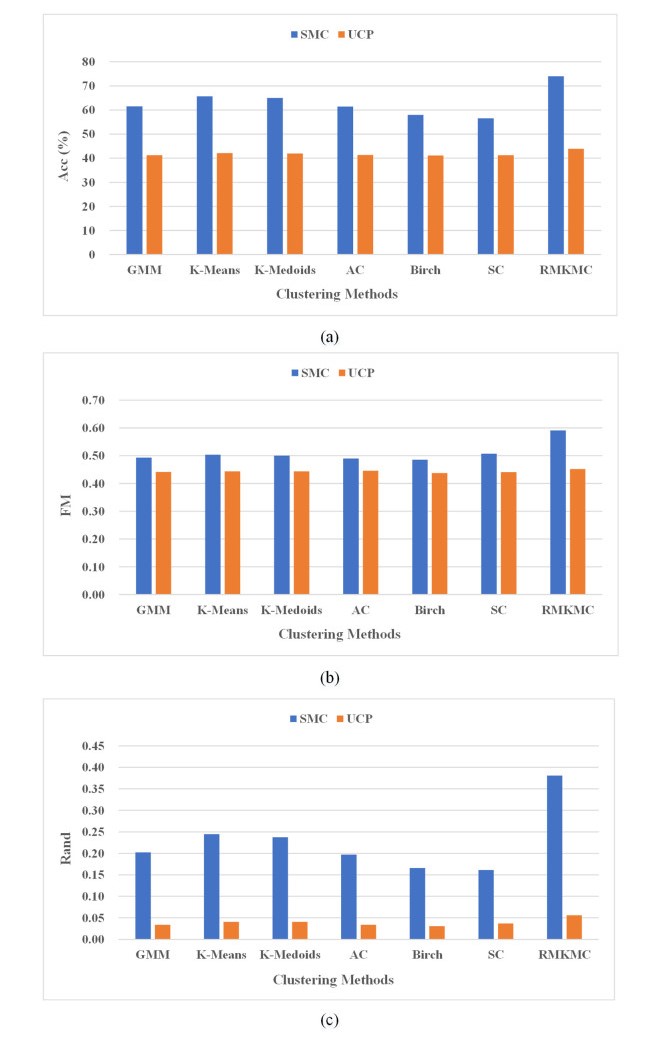
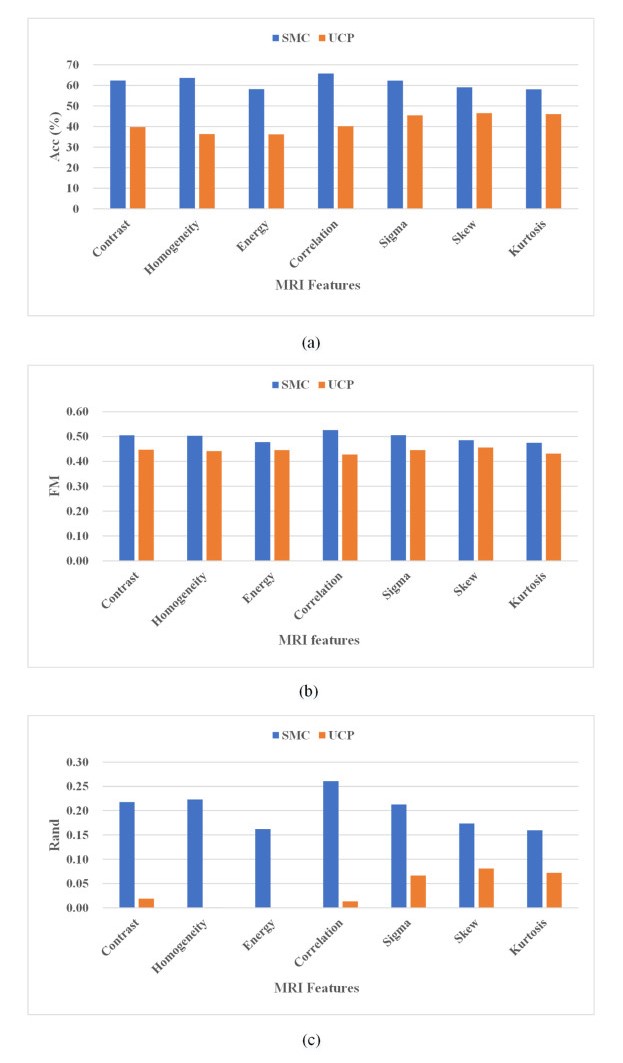


 DownLoad:
DownLoad: